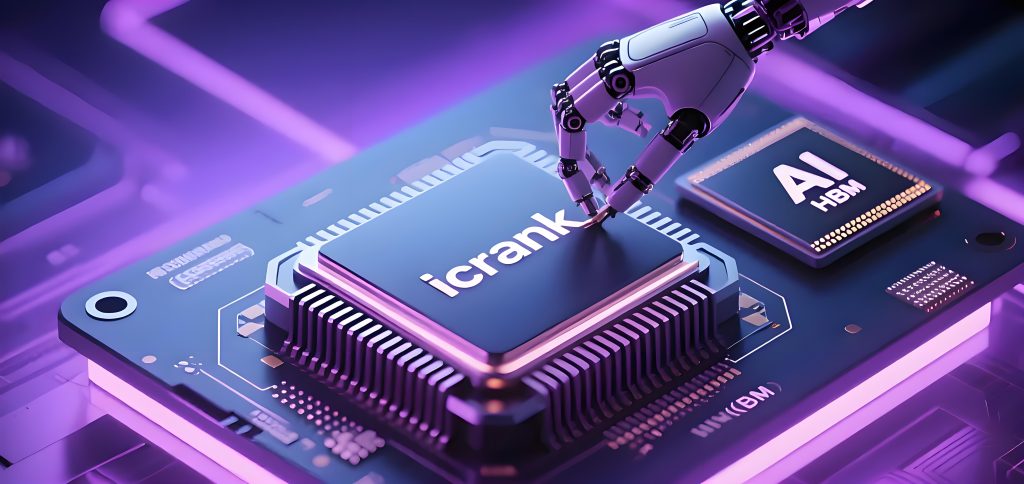Key pressures emerge from accelerated capacity expansion, technological transitions, and shifting client dynamics
I. Core Drivers of Price Erosion
● Supply Surge: Major players like Samsung, SK Hynix, and Micron are aggressively expanding production capacity. Goldman Sachs predicts a surge in HBM production capacity by 2026, which may lead to the first oversupply in years and double-digit price drops.
● Buyer’s Market Formation: With Samsung and Micron obtaining NVIDIA’s certification, clients have stronger bargaining power. Samsung may initiate price wars to seize market share, and even NVIDIA can use Micron’s capacity as a bargaining chip.
● Demand Growth Slowdown: NVIDIA’s next-gen Rubin GPUs have flat HBM requirements, failing to drive incremental demand. Goldman Sachs has lowered its 2026 HBM growth forecast from 45% to 25% and the total addressable market from $51B to $45B.
II. Market Divergence on Price Trajectory
● Bear Case (Goldman Sachs): It is believed that structural oversupply will occur by 2026, with HBM bit supply growth outpacing demand, making average selling price (ASP) declines inevitable. SK Hynix, which relies 80-90% of its revenue on NVIDIA, is vulnerable to pricing changes.
● Cautious Optimism (TrendForce, UBS): TrendForce thinks that technical premiums can offset price declines, as HBM4 with a 40% premium may support the overall ASP. UBS points out that growing HBM demand from Google/AWS’s custom chips will drive market growth, forecasting an 18.5% bit-price growth and a $32.7B market by 2026.
III. SK Hynix’s Challenges
● Market Share and Stock Pressure: Goldman Sachs’ downgrade caused a 9% drop in its stock price. Samsung’s 20% output growth and Micron’s expansion may erode SK Hynix’s current ~50% market dominance.
● Geopolitical and New Competitor Risks: China’s CXMT is narrowing the technical gap to 3-4 years and plans to produce HBM3 by late 2026, which may impact SK Hynix’s position in the Chinese market.
IV. Key Variables Affecting the Market
● HBM4 as a Game-Changer: The 2026 launch of HBM4 with a 2048-bit interface and 16-Hi stacking will be more expensive but higher-performing. SK Hynix’s ability to maintain yield and delivery advantages will determine its premium pricing, while Samsung may lower prices if it lags behind.
● ASICs as a New Battleground: Amazon/Google’s custom AI chips are driving 30% annual growth in ASICs, which will diversify HBM demand beyond GPUs (currently accounting for 10% of the share).
Investor Takeaways
● In the near term, pay attention to the volatility of SK Hynix’s earnings.
● In the long term, track HBM4 yields and ASIC order allocation. Unexpected surges in AI demand or production bottlenecks may reverse oversupply projections.


